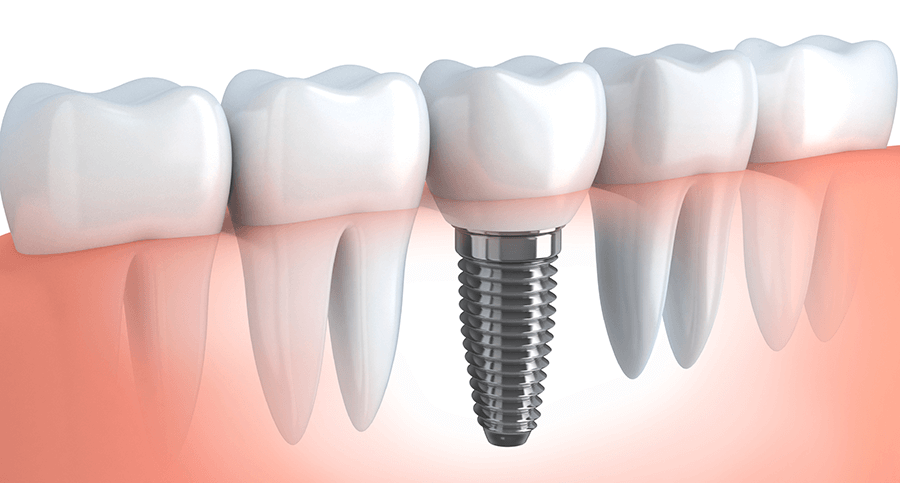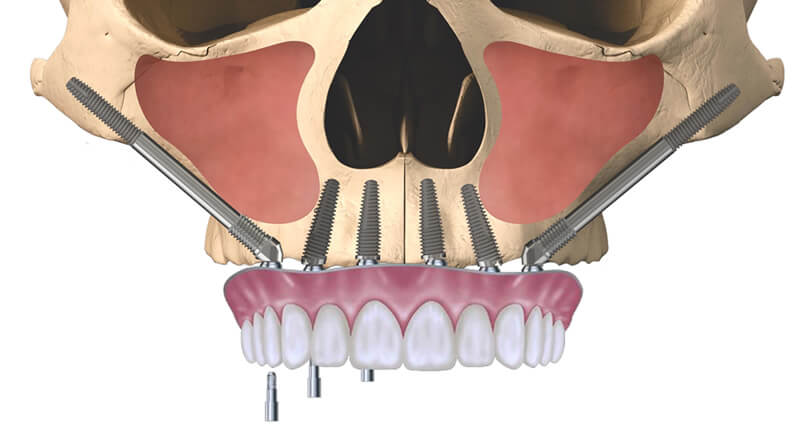You are in a search for a dental implants, but you don’t know which implant is the best for you. What dental implant would be the best value for money?
Stick with this post to find out. Types of dental implants available and their pros and cons are described here, so you can easily differentiate between them.
What are the implants
Implant [meaning] – a thing implanted in something else, especially a piece of tissue, prosthetic device, or other object implanted in the body.
It’s a medical term, and when it’s used in a dental profession means a replacement for every form of tooth loss with artificially made teeth.
The main goal of teeth replacement in dentistry is to restore chewing function, along with the provision of face esthetics.
Why Dental Implants
Dental implants offer benefits that other ways of replacing teeth, such as dentures or bridges, simply cannot offer.
Ordinary dentures provide only 20-25% of the original bite strength, which severely limits the types of food you can eat.
Dental implants can restore up to 85% of the original bite force.
Dropping a prosthesis and feeling ashamed in public is another problem. The problem of moving and dropping the prosthesis stops immediately.
Types of Dental Implants
There are three common types of dental implants:
- Endosteal
- Subperiosteal
- Zygomatic
Endosteal Implants
An endosteal implant is a type of dental implant that’s put in jawbone of a patient as an artificial root to hold a replacement tooth. Typically they are made of titanium. They’re usually shaped like small screws and protrude through the gum to hold the replacement tooth.

Problem with this type of implants can be the fact that some patients don’t like the idea of something being placed into their jawbone. Because of that the idea of the second most common implant can be a little more likely.
Subperiosteal Implants
Subperiosteal implants rests on top of the bone but still under the gum, instead of being fixed .
A frame, made of metal is placed under the gum with a shaft attached to it, the gum heals around the frame to hold it in place. Then false teeth are secured to the shaft that come from the metal frame, now fully surrounded by the gum.

This is a surgical procedure to lift the bottom of the sinus cavity to create enough space for the implant. This procedure is only applied for patients that don’t have enough jawbone for the Endosteal implant.
An artificial bone (augmentation) and a protective resorbable membrane are placed in the created space. Which grows together with its own in 4-6 months and provides the necessary strength and volume for the implants.
The procedure itself is painless (under anesthesia), but transient pain and swelling of the operated area are possible.
Zygomatic Implants
Zygoma implants differ from conventional dental implants in the way they are anchored to the zygomatic bone rather than the jawbone. They can be used when the quality or quantity of the jawbone is unsuitable for the placement of regular dental implants.
Zygomatic implants avoid sinus lift – that happens when subperiosteal implants are installed and therefore contribute to a shorter and more comfortable treatment.

How long do dental implants last?
With certain conditions, such as the fact that they are set by an educated experienced dentists and good care, dental implants can last a lifetime. The maintenance they require is the same as the one you need to dedicate to your own teeth. Regular and thorough brushing and the use of interdental brushes and floss.
Conclusion
Depending on the patient state of gums, and jawbone used are different solutions for resolving teeth loss issue. Zygomatic implants are the most expensive ones, but they provide a solution for deteriorated jawbone, the most severe case of teeth loss. Other two implant types are cheaper but when the condition allows they are the best solution for teeth loss.




